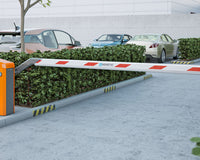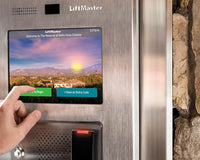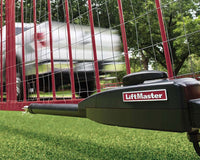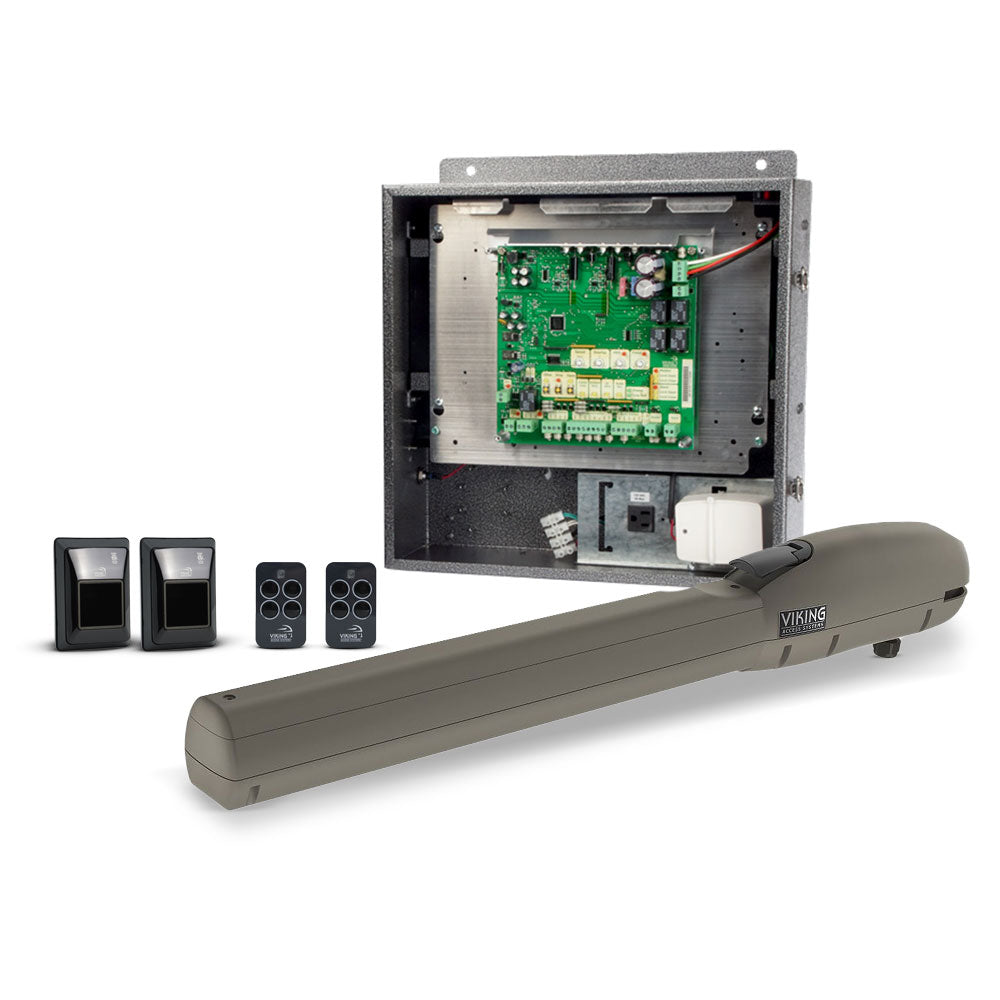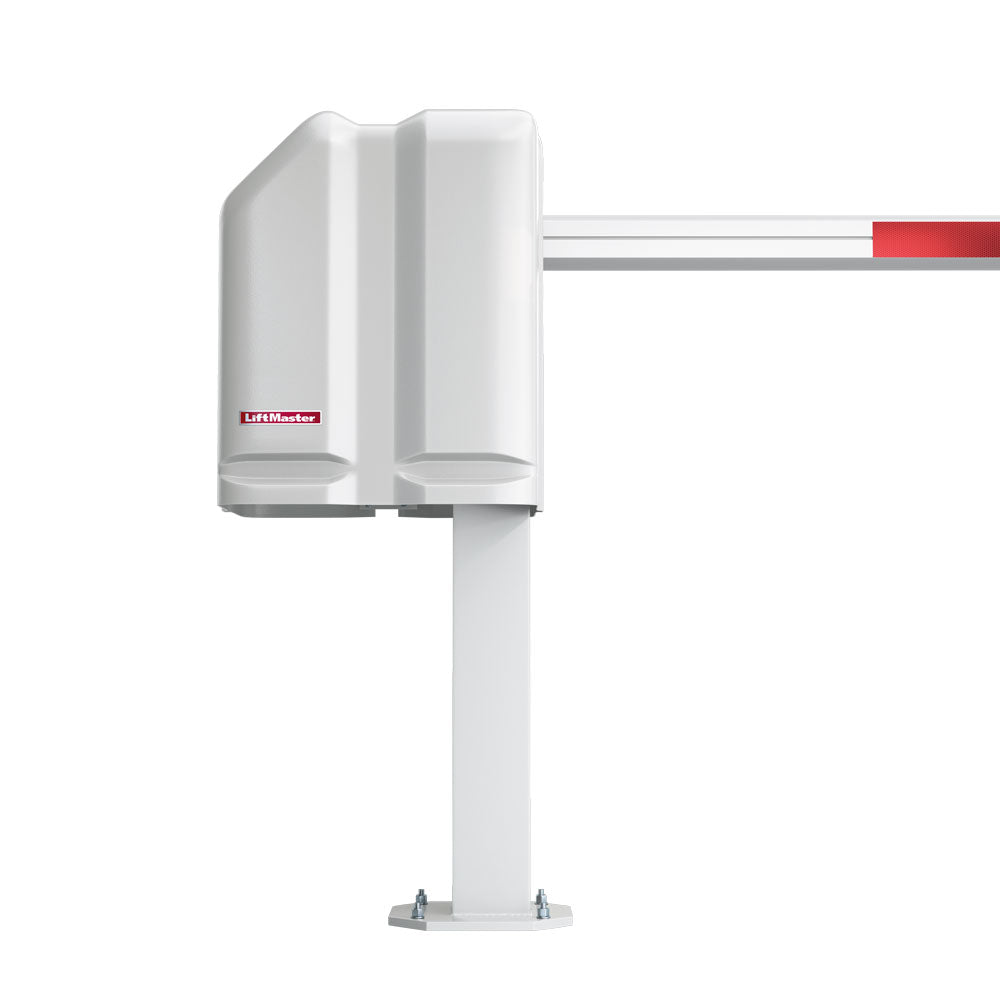A parking bollard isn’t necessarily something everyone considers installing on their properties, especially homeowners. Their structural design appeals to some, but knowing their usefulness may make you think differently of them.
A parking bollard exists to create a safer zone for pedestrians and preserve buildings and properties. Bollards are typically erected in public places like sidewalks, parking lots, and building entrances.
Some businesses and homeowners who want to save space also utilize a parking bollard instead of a driveway gate. But please note that parking bollards are not meant to be installed as you want.
Even if it’s your property, contact your local council and planning authorities before doing so. Under the Highways Act 1980, bollards may be considered an obstruction in some road verges.
What Is a Parking Bollard?
Parking bollards are the short parking posts that line the pavement. The main purpose is to create a safe and protective perimeter while providing an architectural design.
Accidents such as a vehicle swerving off the road and onto the sidewalk are unpredictable and often result in catastrophic events. Without parking bollards to alter the impact, it may cause a deadly wreck and damage to pedestrians, drivers, vehicles, and property.
Depending on the application, parking posts are highly resistant to impact and are made of durable materials like cement or metal to mitigate a potential crash.
Bollards are generally installed for the following purposes:
- Safety barriers to protect people, buildings and perimeters
- Guide traffic into their appropriate areas
- Prevent access to restricted areas
- Separate bike lanes, traffic, and pedestrians
- Landscape and decoration
Four Factors to Consider When Choosing a Parking Bollard
Here are 4 common factors you may want to think about before installing a parking bollard.
1. Parking Bollard Applications
The first factor that you need to consider is the placement of the bollard and the purpose that it will serve.
People install bollards mainly for the following reasons:
Traffic or Street Bollards
Traffic or street bollards are often used for guiding traffic and ensuring a clear sight that separates the street from pedestrians.
Pedestrian Bollards
Pedestrian bollards are decorative and are designed to mark pathways. These are often lighted bollards to illuminate pathways at night.
Construction Bollards
Construction bollards are erected in temporary construction zones to protect the area from traffic.
Bike Separation Bollards
Bike separation bollards are polyurethane posts that provide a safe and separate zone for cyclists.
Driveway Bollards
Driveway bollards act as parking barriers to prevent non-residents from parking in the front of garages. They are often collapsible bollards with lockable access posts to prevent unauthorized access to reserved parking.
Security Bollards
Security bollards are used in residential buildings to protect the perimeter in case of a vehicle crash. They may be steel bollards or concrete bollards designed to stop the momentum and lessen the impact of a crashing car.
2. Parking Bollard Types
Parking bollards come in many different types depending on where or how you intend to use them.
Fixed Bollards
A fixed bollard is affixed to the ground and is not meant to be removed easily. Fixed bollards are often installed on public pavement and structural sites and are intended as permanent fixtures. Some of these fixed posts have decorative bollard covers as additional decoration.
Removable Bollards
Removable bollards have bases permanently attached to the ground. The removable bollard post is only inserted and locked into place when needed. You can see them in parks, stadiums, courtyards, and other large venue parking lots.
Operable Bollards
Operable bollards are movable but are not necessarily removed. They allow occasional vehicle access and come in two types: fold-down bollards and retractable bollards.
The fold-down bollard, or collapsible bollard, can be folded to the ground through hinges. They are lowered to allow vehicle access and are secured with padlocks when upright.
Retractable bollards are telescopic posts that can be lowered manually or automatically into the ground.
Portable Bollards
Portable bollards, or delineator, posts are used in road construction sites to signal changes in traffic. The bollard posts are taller than traffic cones, with reflective tape and colors for higher visibility in the work area.
3. Bollard Materials
Parking bollards are categorized according to their materials, which also rules out how permanent the fixture is.
Stainless Steel
Stainless steel bollards are weather-resistant and rust-resistant. Steel bollards add a sleek and contemporary look and also add a decorative impact to its safety purpose.
Concrete
Concrete is an impact-resistant material. Concrete bollards are made of steel rebar and encased in concrete. They are designed to physically stop and absorb the impact of vehicles.
Aluminum
Aluminum is ideal for decorative bollards because of its malleability. They are easy to cast, which allows flexibility in the design and finish.
Polyurethane
Polyurethane is durable and UV resistant and maintains its material integrity through different weather changes. They are flexible bollards that bend on impact to produce little to no damage to a colliding vehicle.
Plastic
Plastic bollards are used as a low-cost and low-maintenance parking barrier. They are UV-resistant and durable but are not impact-resistant. They are often reinforced with bollard covers to keep them secure and add to their visual appeal.
4. Parking Bollard Styles or Designs
Bollards also hold aesthetic appeal on top of their safety purpose and barrier action, but it is solely dependent on the style or design used when constructing them.
Modern Bollards
Modern bollard designs vary but often linger on contemporary architecture. They can be sleek stainless steel or round concrete and are flexible for mixing and matching materials and designs.
Lighting Bollards
These are installed primarily to lighten pedestrian pathways using a solar panel or are wired to an electrical grid.
Decorative Bollards
These have unique and eye-catching designs that serve as a focal point. Decorative bollards add an aesthetic appeal to the building or pavement.
Parking Bollard Installation
As a final word, the local council in your area has the authority to erect bollards on any property. To ensure that you are doing it legally, check with your building authorities to avoid any conflict.
After securing a deal with local officials, you can check All Security Equipment for quality parking bollards suited for your property.
We offer selections of parking bollards in different materials, finishes and types. Choose from our security bollards, automatic and semi-automatic bollards, retractable, hydraulic units, and many more.
You can check with our customer service for their availability and related accessories needed for installation.




